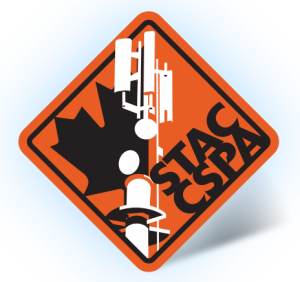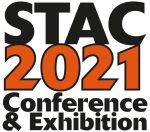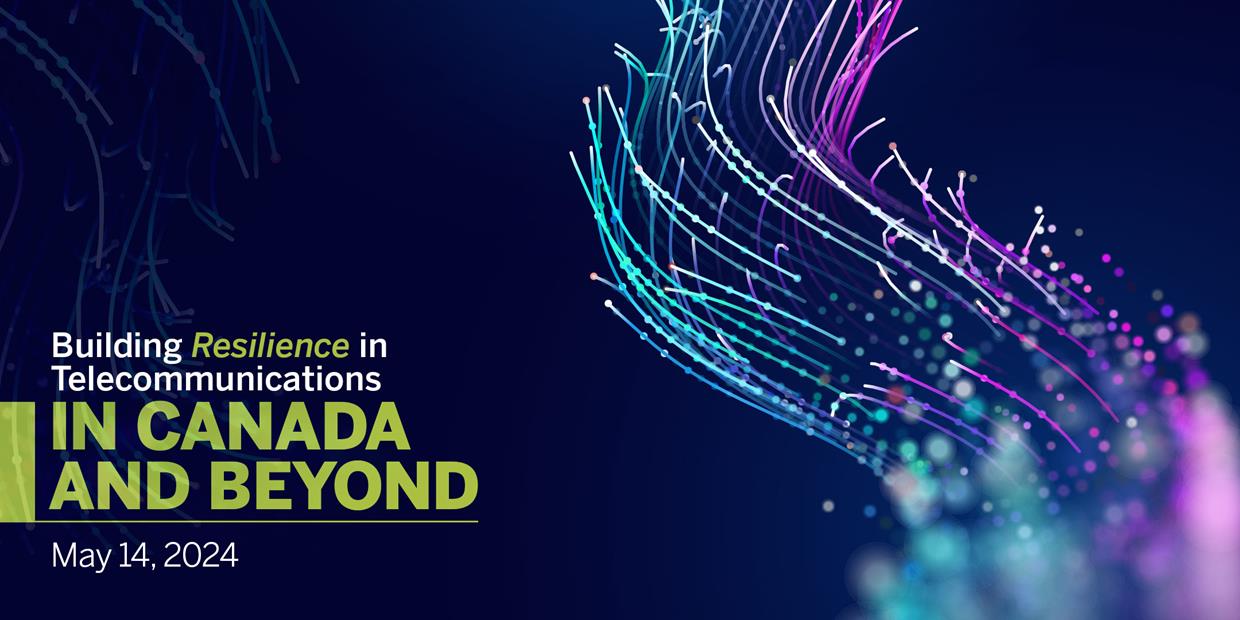#STAC2021: Coping with COVID
The annual meeting of STAC, Canada’s Structure, Tower and Antenna Council, STAC2021, opened Monday in a virtual format, another event that has transformed digitally in response to the COVID-19 pandemic.
STAC members represent those essential workers who deploy the physical infrastructure necessary to expand the reach and capacity of Canada’s facilities-based networks.
From the outset of the pandemic, over the past year, these workers have developed protocols to enable their work to continue safely to deliver the digital connectivity upon which all of us have depended as most of us are stuck at home. So, it was fitting that one of the sessions on the opening day of the STAC2021 event was entitled “Coping with COVID”. The session was moderated by Anne-Sophie Tétreault from Cognibox and featured Laura Marciniwe of Teletek Structures, Adam Gale of Vertical Specialties, Jeff Selby from Trylon and Steven Bain from Rogers.
How did businesses establish pandemic protocols? How did the industry look after field technicians in dealing with basic needs: finding safe restrooms and safe places to sleep at night when away from home?
As borders closed and shipping faced delays, how were supply chains maintained?
Misinformation and conspiracy theories stoked fears of 5G towers as a cause of COVID-19. Imagine being an installer of equipment on towers or restoring service after an arsonist burned down a tower.
Protecting technicians who needed to go into private residences and uncontrolled workplaces to restore services? Ensuring sufficient personal protective equipment was available to protect technicians and their families.
How did companies deal with team building, burn-out and mental health issues as the pandemic dragged on?
Over the past year, the telecommunications industry has been recognized for maintaining network quality, enabling so many of us to work from home. The presentations represented people on the front line, some of the heroes who made the past year bearable by keeping our bits flowing and building new sites to extend broadband to previously unserved areas.
STAC2021 promises to be an interesting event. There are more than 400 people participating on-line this week. Most of the sessions focus on safety, for workers and the public, such as:
- Building a Safety Culture;
- Rope Safety: Everything You Should Know About Working with Rope (But Probably Don’t);
- Rope Safety: Rope Access & Controlled Descent;
- Driving Safety and Awareness;
- AM Safety;
- Tower Damping and Vibration Mitigation;
- RF Monitors and RF Safety;
- Tower Inspection Trends: Immediate Deficiency Mitigation;
- Structural Fasteners: Everything You Should Know (But Probably Don’t).
Other panels and keynotes look at business issues, legal matters, industry trends, career development and more.
I’ll be posting highlights from a variety of the sessions all week. And you can follow #STAC2021 on Twitter.



